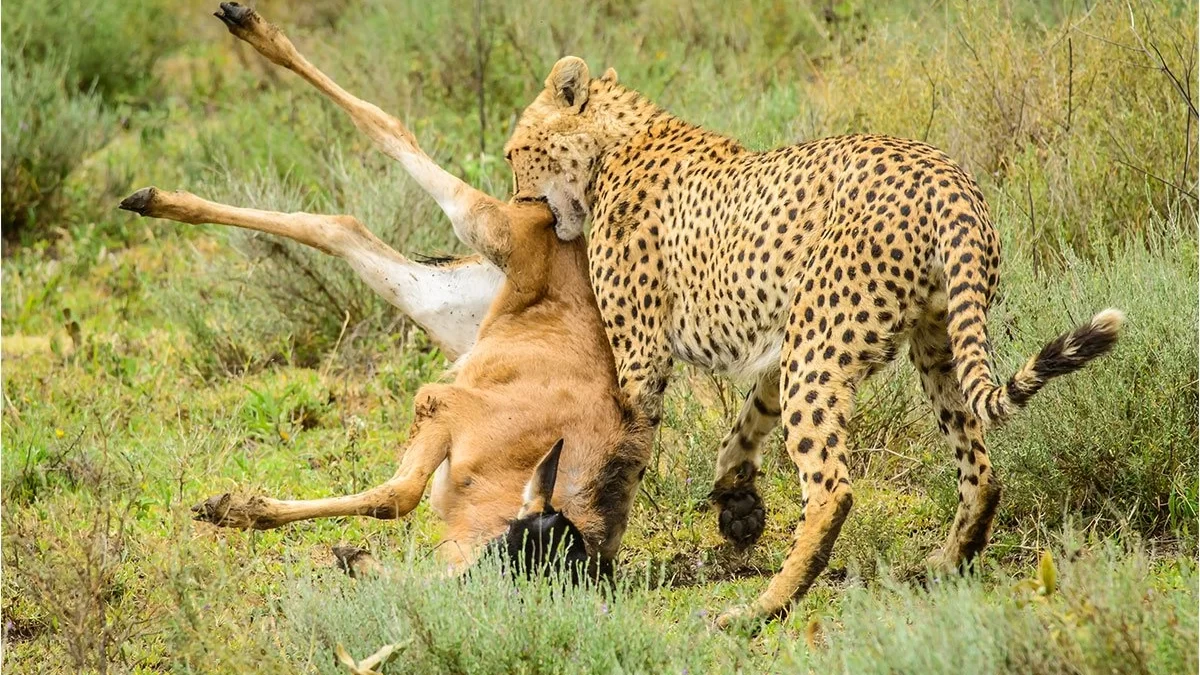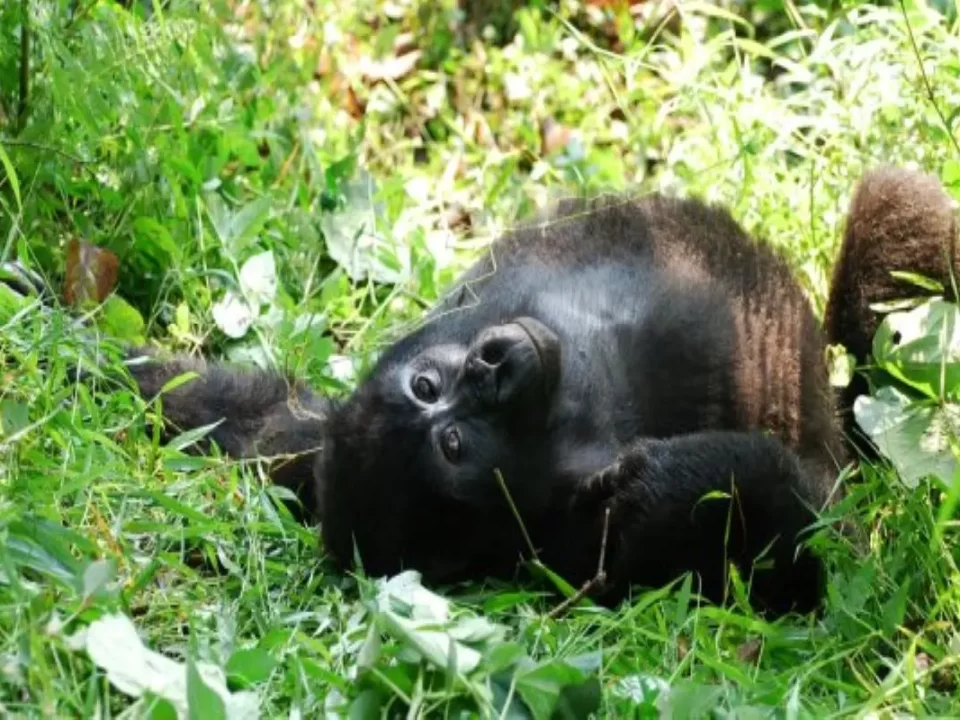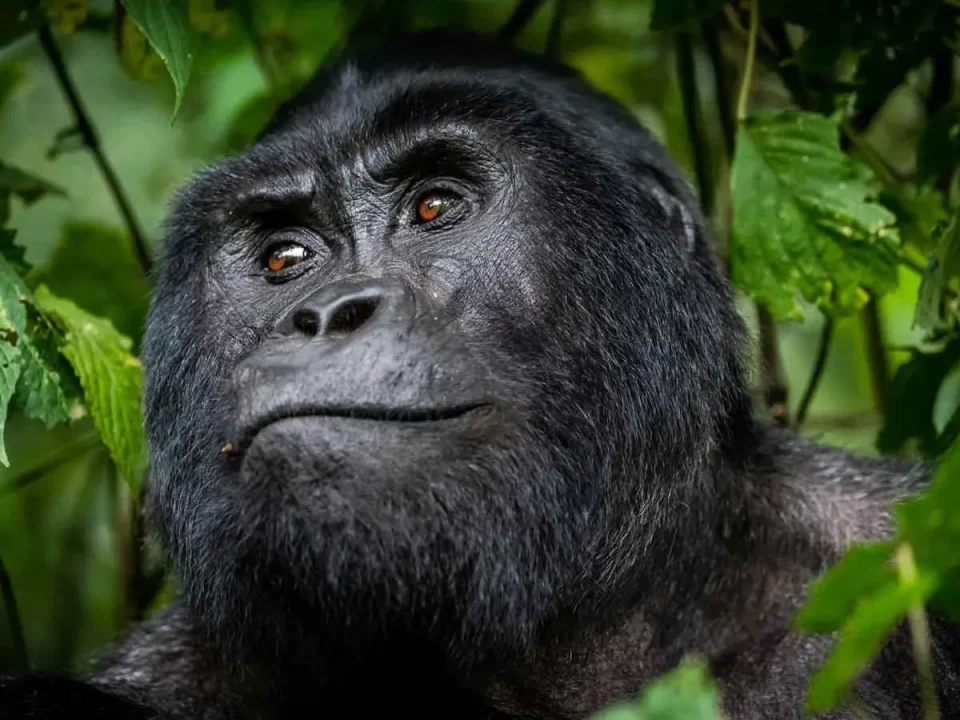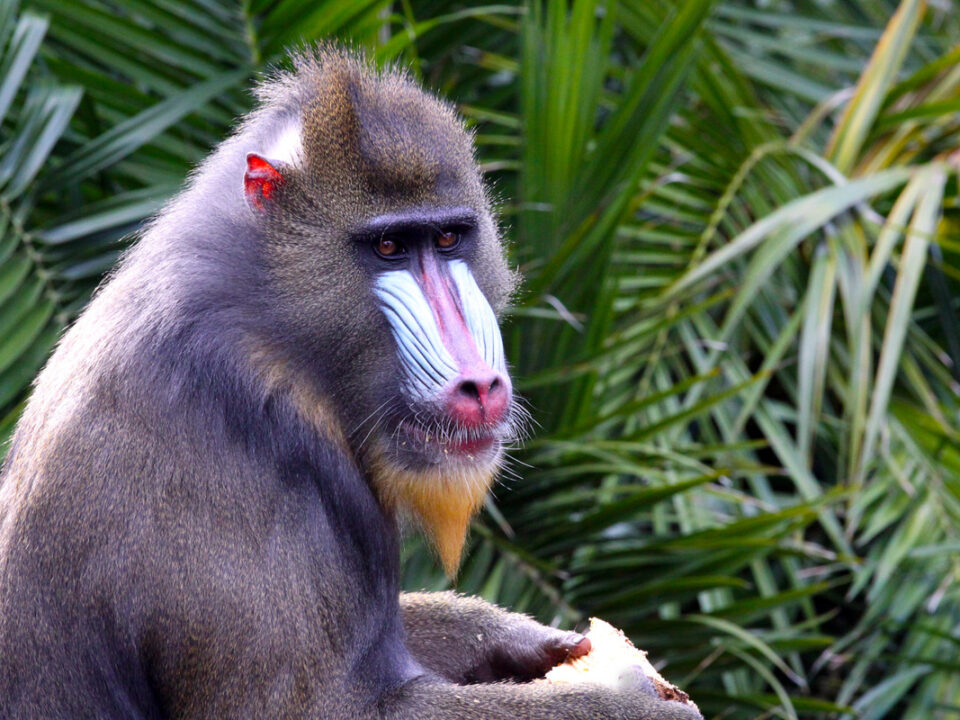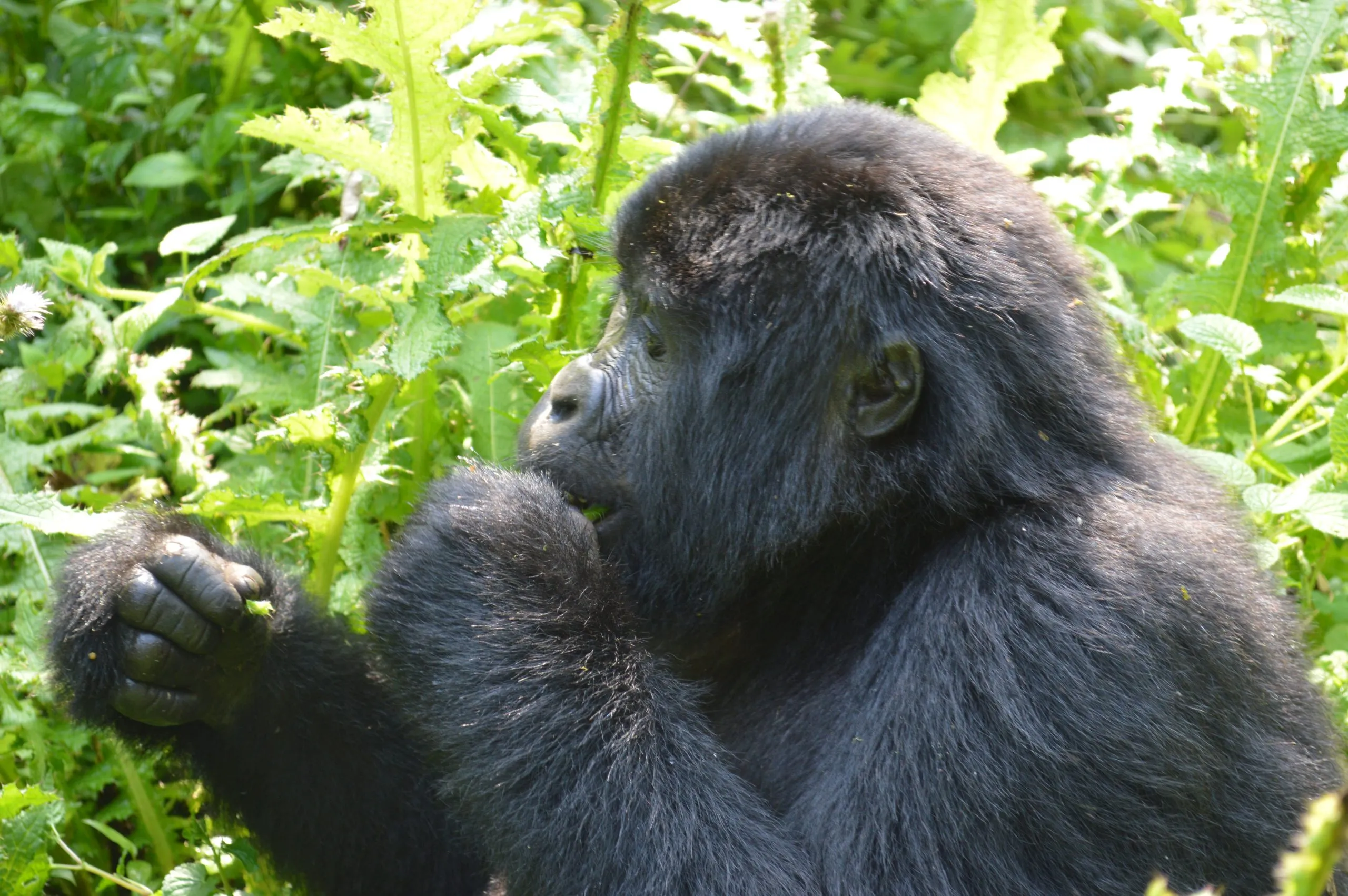
Altitude for Gorilla Trekking in Rwanda
March 31, 2025
Planning Your Trip to Gabon
March 31, 2025Planning a Trip to Africa in 2026? Explore the Best Safari Experiences
Are you planning a trip to Africa in 2026? Whether you’re looking to immerse yourself in the local culture, savor traditional cuisine, visit vibrant markets, or engage with local communities, Africa offers endless opportunities. A safari in Africa provides a chance to witness the continent’s incredible wildlife up close. From spotting the Big Five in the Serengeti to tracking gorillas in Rwanda’s Volcanoes National Park or Uganda’s Bwindi Impenetrable Forest, your African adventure is waiting.
Top Safari Destinations for Your Africa Trip in 2026
Africa boasts a variety of safari destinations, each offering unique landscapes, wildlife, and experiences. Here are some of the best destinations to consider for your 2026 African safari:
-
Maasai Mara National Reserve, Kenya: Known for the annual Great Migration, where millions of wildebeest, zebras, and other animals move from Tanzania’s Serengeti to Kenya’s Maasai Mara. The reserve offers excellent opportunities to spot the Big Five and witness the thrilling predator-prey dynamics.
-
Serengeti National Park, Tanzania: Famous for its vast plains and abundant wildlife, including the Big Five. The Serengeti is known for year-round game viewing and is home to the UNESCO World Heritage-listed Ngorongoro Crater, offering stunning views and incredible wildlife experiences.
-
Kruger National Park, South Africa: One of Africa’s largest and most famous game reserves, Kruger is known for its diverse landscapes and high concentration of wildlife. Whether you prefer self-drive safaris, guided tours, or luxury lodges, Kruger caters to all types of safari-goers.
-
Okavango Delta, Botswana: A unique inland delta that attracts wildlife, especially during the dry season when animals gather around the water sources. You can explore the delta by traditional mokoro (dugout canoe) or enjoy guided safari drives.
-
South Luangwa National Park, Zambia: Renowned for its walking safaris, South Luangwa offers an intimate and adventurous way to experience wildlife. The park is home to large elephant herds, leopards, hippos, and a variety of other species.
-
Masai Mara Conservancies, Kenya: Adjacent to the Maasai Mara National Reserve, the conservancies offer a more exclusive, immersive safari experience. Here, you can enjoy game drives, guided walks, and night safaris while supporting local conservation efforts.
-
Etosha National Park, Namibia: Known for its salt pans and waterholes that attract a range of wildlife, including elephants, giraffes, and antelopes. Etosha provides excellent game viewing year-round, particularly around its water sources.
-
Hwange National Park, Zimbabwe: Zimbabwe’s largest national park, Hwange is famous for its large elephant population and rich biodiversity. Visitors can enjoy game drives, walking safaris, and guided tours to explore the park’s stunning wildlife.
-
Queen Elizabeth National Park, Uganda: Known for its tree-climbing lions in the Ishasha sector, Queen Elizabeth offers boat safaris along the Kazinga Channel, where you can spot hippos, crocodiles, and various bird species. The park is also home to chimpanzee trekking in Kyambura Gorge.
-
Amboseli National Park, Kenya: Famous for breathtaking views of Mount Kilimanjaro and large herds of elephants, Amboseli is a fantastic destination for wildlife photography and birdwatching, especially during the dry season.
These are just a few of the incredible safari destinations across Africa, each offering a unique charm and extraordinary wildlife encounters.
How Much Does a Safari in Africa Cost?
The cost of a safari in Africa can vary widely based on a few key factors. Here’s what you need to consider when budgeting for your African adventure:
-
Destination: Different African countries offer different safari experiences and pricing. Popular safari destinations include Kenya, Tanzania, South Africa, Botswana, Zambia, Zimbabwe, and Namibia.
-
Duration: Safaris can last anywhere from a few days to several weeks. Longer trips generally cost more due to higher accommodation, meal, and transportation expenses.
-
Accommodation: From budget camping to luxury lodges and tented camps, your choice of accommodation will significantly affect the overall cost. Luxury options tend to be more expensive, while budget-friendly accommodations are available for those looking to save.
-
Transportation: Costs include flights to Africa, domestic flights within the continent, and ground transportation (like safari vehicles or internal flights between parks).
-
Park Fees & Activities: Many national parks charge entrance fees, and activities such as guided game drives, hot air balloon safaris, and walking safaris may incur additional charges.
-
Time of Year: Peak seasons, such as during the Great Migration or holidays, can increase the cost of safaris. Traveling during the off-season, such as the wet season, can help reduce costs.
-
Guided Tours vs. Self-Drive: Opting for a guided safari tends to be more expensive but provides convenience and expertise. A self-drive safari can be cheaper but requires more planning and may not be feasible in all parks.
-
Additional Costs: These may include visas, travel insurance, tips for guides, souvenirs, and any pre- or post-safari accommodations.
On average, a mid-range safari in East Africa (Kenya or Tanzania) will cost $300 to $700 per person per day, while luxury safaris can range from $800 to $1,500 or more per person per day. Safaris in Southern Africa (Botswana, South Africa, Zambia, etc.) can be slightly higher.
Make 2026 Your Year to Explore Africa
A trip to Africa in 2026 is the perfect opportunity to embark on an unforgettable safari adventure. Whether you’re tracking the Big Five in Tanzania, exploring the Okavango Delta, or encountering mountain gorillas in Rwanda, Africa offers a safari experience like no other.
Start planning your dream African safari today and immerse yourself in the continent’s rich wildlife, diverse cultures, and breathtaking landscapes. Let us help you create the perfect itinerary for your 2026 African adventure!
Best Time to Visit Africa for a Safari
The best time to visit Africa for a safari depends on several factors, including your destination, weather patterns, and the movement of wildlife. Here’s an easy guide to help you plan your safari based on the region you’re visiting:
East Africa (Kenya, Tanzania, Uganda)
-
Best Time: The dry season from June to October is generally considered the best time to visit East Africa for a safari. During this period, animals tend to gather around waterholes, making wildlife sightings more frequent and easier.
-
Special Highlights: The Great Migration in Maasai Mara (Kenya) and Serengeti (Tanzania) takes place between July and October. This incredible natural spectacle, where millions of wildebeest, zebras, and gazelles move in search of greener pastures, makes these months a prime time for safari-goers.
Southern Africa (South Africa, Botswana, Namibia, Zimbabwe, Zambia)
-
Best Time: For safaris in Southern Africa, the dry season from May to October offers the best wildlife viewing opportunities. With sparse vegetation, animals tend to gather around water sources, making them easier to spot.
-
Ideal Months: September and October are particularly good months, as temperatures are moderate and wildlife congregates around the last remaining waterholes, offering fantastic game viewing opportunities.
Central Africa (Rwanda, Democratic Republic of Congo)
-
Best Time for Gorilla Trekking: The dry season from June to September is recommended for gorilla trekking in Rwanda and the Democratic Republic of Congo. During these months, the trails are less muddy, and hiking conditions are more favorable.
-
Year-Round Trekking: Gorilla trekking can be done throughout the year, but the weather conditions may vary, making the dry season more comfortable for hiking.
Namibia
-
Best Time: May to October is the best period for safaris in Namibia. Wildlife is easier to spot around water sources, and the cooler temperatures make it more comfortable for outdoor activities.
-
Rainy Season: From November to April, Namibia experiences its rainy season. While this brings lush vegetation and attracts migratory birds, it can make wildlife spotting more challenging due to denser foliage.
Zimbabwe and Zambia
-
Best Time: The dry season (May to October) is the prime time for safaris in Zimbabwe and Zambia. The sparse vegetation and high concentrations of animals around water sources provide excellent game viewing.
-
Victoria Falls: Victoria Falls is particularly impressive during the dry season, especially from June to September when water levels are lower, allowing for better views of the falls.
Why Book Your 2026 Africa Safari with Trek Africa Expeditions?
Trek Africa Expeditions is one of the top local tour operators specializing in African safaris, including amazing gorilla trekking experiences in Uganda and Rwanda. Whether you’re seeking a thrilling wildlife adventure or a chance to explore Africa’s rich cultures, we’ve got you covered with discounted safari packages.
Our secret to creating unforgettable experiences is our dedicated team, a mix of young, energetic staff, and experienced managers. Our team is deeply passionate about Africa and committed to ensuring you have the best safari experience possible. Plus, with excellent ratings and reviews on TripAdvisor, you can trust the quality of service we offer.
Contact us today to learn more about booking your safari adventure in Africa for 2026. We’ll help you create the perfect itinerary, tailored to your interests and preferences.

